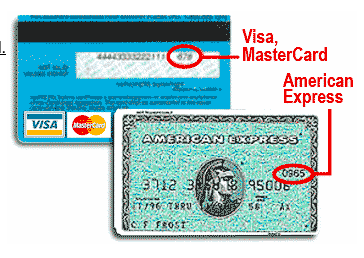The Lowdown On The CVV Numbers On Your Credit Card.
Innovation
Shopping online always requires you to enter the three or four-digit number printed on your credit or debit card. Contrary to popular belief, this is not the card’s PIN (Personal Identification Number) but still an important security feature.
The card security code is designed to prove users have the physical card in their possession. While this feature is standard on all credit cards, its called something different, depending on the provider:
Visa: Card Verification Value (CVV)
American Express: Card Identification Code (CIC)
MasterCard: Card Verification Code (CVC)
Discover: Card Verification Data (CVD)
Where the security code is printed can also vary. American Express’ CIC is found on the front of the card while Visa, MasterCard, and Discover place it on the back, usually below the signature line.
You might be wondering why credit card companies use this feature in the first place. The card verification code was introduced to combat fraudulent digital transactions. As consumers move towards online shopping, criminals have also pivoted to capitalize on this trend. It’s not difficult to find a credit card number and expiry date on the internet, but a physical card is still required to complete an online transaction.
As an added security feature, the printed numbers on all cards are different and will change every time a new card is issued, whether you are replacing an expired or lost card. Even if you have all of your payment cards with one financial institution, the CVV will not be the same on all cards. The caveat is our American counterparts who use Visa both as a debit and credit card. This is the only instance where the CVV would be the same because one card is used for two purposes.
For American consumers travelling to Canada, most Visa Debit cards will work. Check with your financial institution before you head north.
Entering the wrong code will almost always result in the transaction being declined. Additionally, merchants are prohibited from storing this value in their database and card vault. The code is also not stored in the magnetic stripe or the chip. Therefore, in the event a database is hacked, or card readers are used by criminals, they will still need the physical card, therefore, serving as an additional barrier.
Despite the safety measures on cards, consumers need to remain vigilant in protecting their financial information. Here are some simple steps one can take:
- Shop on trusted websites
- Install anti-virus software on your computer that will scan for viruses, keyboard logging software, or other tools hackers use to steal your information
- Do not share your card information or take photos of physical cards
- Do not provide your card information solicited over the phone or email - Do not process a transaction whileusing publicc wifi
- Make sure your home’s WiFi network is password protected
- Review your account activity regularly to ensure no unauthorized purchases have been made

